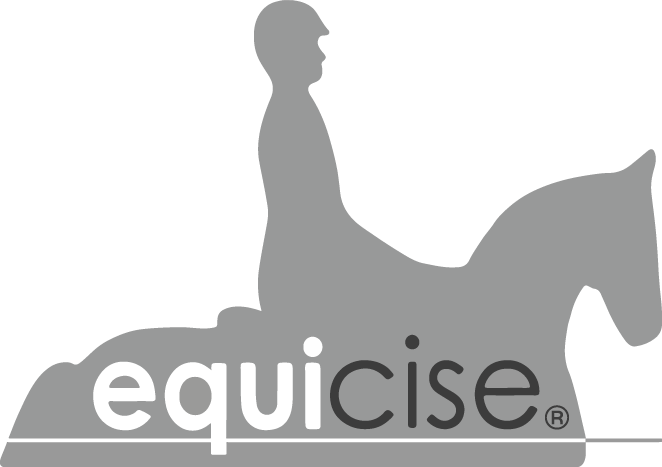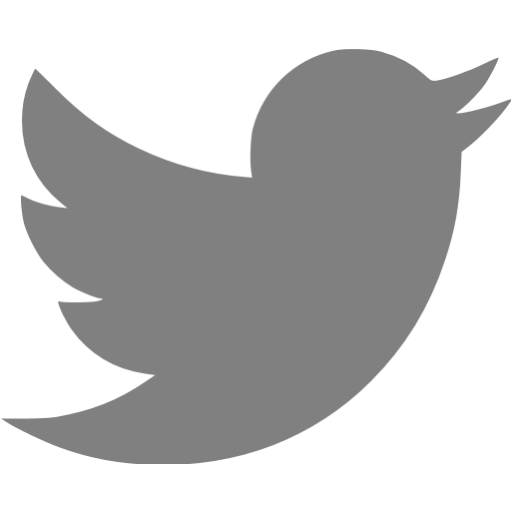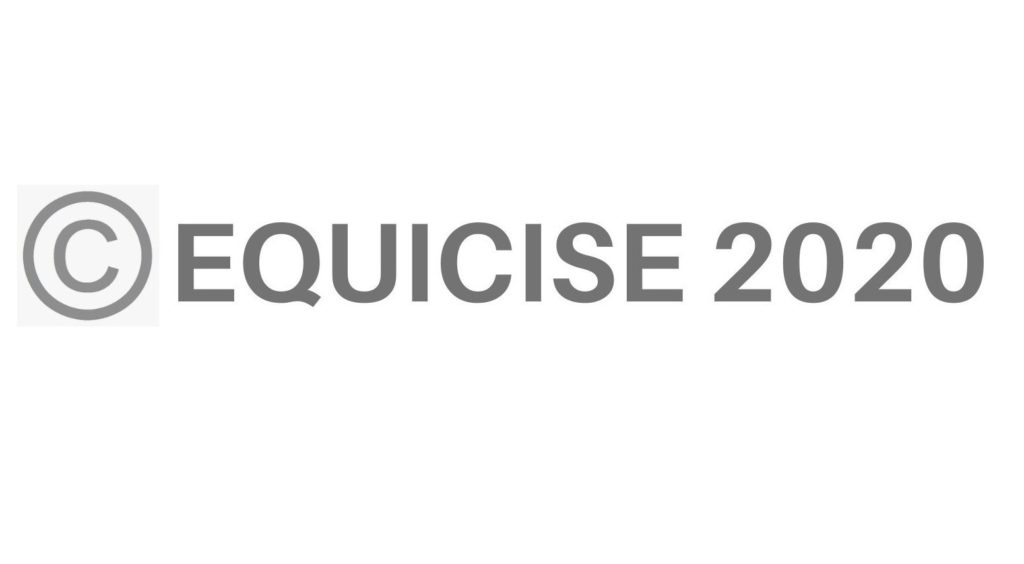17 Jun 4. Becoming more balanced in the saddle
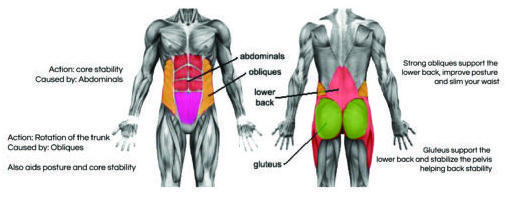 When we watch top dressage riders, it is impossible not to be impressed by how still they sit in the saddle and how well they move in rhythm with their horse, yet are able, apparently effortlessly, to apply exactly the right aid at the right time to ensure the horse understands what they are asking for.
When we watch top dressage riders, it is impossible not to be impressed by how still they sit in the saddle and how well they move in rhythm with their horse, yet are able, apparently effortlessly, to apply exactly the right aid at the right time to ensure the horse understands what they are asking for.
We have discussed how important it is to develop the correct upper and lower body positions and that a key aim as any rider seeks to improve is achieving an independent seat.
This requires balance in the saddle which in turn demands a stable frame and a strong core so that you can remain relaxed and don’t need to grip with your legs or rely on your reins to stay balanced and in the correct position. This will allow you to remain securely on board even if your horse behaves unexpectedly, for example swerving quickly or spinning round to avoid a “scary” object.
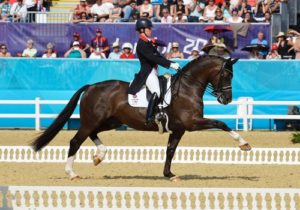 It is no secret that a rider like Charlotte Dujardin works hard to ensure she has a strong yet supple body, which allows her to relax in the saddle while maintaining the correct position. She can balance while remaining relaxed thanks to strong core muscles and flexible hip joints which in turn allow her to follow her horse’s movements so they are moving in harmony. This does not mean being a passenger and letting your horse do all the work, but requires you to be aware and in control of all the parts of your body, enabling them to move independently.
It is no secret that a rider like Charlotte Dujardin works hard to ensure she has a strong yet supple body, which allows her to relax in the saddle while maintaining the correct position. She can balance while remaining relaxed thanks to strong core muscles and flexible hip joints which in turn allow her to follow her horse’s movements so they are moving in harmony. This does not mean being a passenger and letting your horse do all the work, but requires you to be aware and in control of all the parts of your body, enabling them to move independently.
And, as with so many aspects of riding, sometimes in order to improve, a rider will need to go back to basics and forget some habits that may have become ingrained. If you have become accustomed to “keeping your balance” by gripping (as was recommended in the 1950s and 1960s), you will need to start from scratch and learn to relax and develop a genuinely balanced position, something it will take practice to achieve. As a horse will try to compensate for a rider who sits crookedly, so we cannot expect a horse to be balanced and perform to its best ability if the rider is not balanced.
If you can become a truly balanced rider, your horse will also much appreciate the improvement: sitting trot will be much more comfortable if you have developed a deep seat and there will be a more consistent and gentler hand/mouth contact if you are not having to rely on your reins for balance. Strengthening your core muscles will help with your riding balance and there are many ways to achieve a stronger core including working out in the gym, taking yoga, Pilates or other classes and exercising at home. Lunge lessons are often recommended for improving balance, but your learning process might prove an uncomfortable experience for your horse. By contrast, practising on the EQUICISE is the perfect way to improve your balance without having to worry about the comfort of your horse while you learn. The EQUICISE moves both laterally and vertically giving a very realistic feeling of walk, trot and canter and the feedback from the sensors enables you to monitor your progress on the screen in front of you. You can tell how balanced you are from the sensors under the saddle, whether you are gripping with your legs from the leg sensors and if you are relying on your reins for balance from the hand sensors. You can also ride for long periods without stirrups to help to improve your balance in complete safety, without having to put your horse through an uncomfortable experience — you can take as long as you need to develop a balanced position and the EQUICISE won’t mind!
In the EQUICISE studio we have a variety of personal training equipment, such as resistance bands and weights, which your instructor might use to help correct and strengthen your position. We know that none of the improvements you are seeking will happen overnight, so you need to be patient, but perseverance will be rewarded and, in time, you will find you have developed the balance and independent seat that are so essential for further progress. Lessons on the EQUICISE will make a real difference and you will be amazed at the improvement in your riding as well as in your ability to communicate much more clearly with your horse.
If you want to become a more balanced rider book a LESSON on the EQUICISE now.
Practise this on the equicise simulator
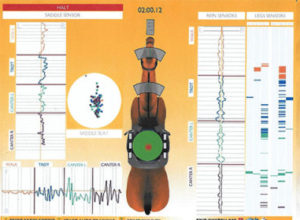
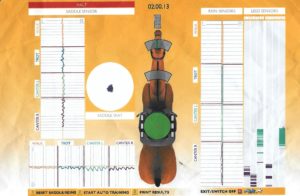 Use 'Instruction Ride - Auto Training 2 minute’ programme. Press reset. Position mirrors either side of you. Start the test and as it runs through the two minutes use the mirrors to concentrate on achieving the correct position whilst using your core to stabilise your body during the transitions. Analyse the read out and notice the deviation on the front-back and left-right sensors. Practise again with increased awareness of core engagement and body alignment. Repeat the test and notice your improvement.
Use 'Instruction Ride - Auto Training 2 minute’ programme. Press reset. Position mirrors either side of you. Start the test and as it runs through the two minutes use the mirrors to concentrate on achieving the correct position whilst using your core to stabilise your body during the transitions. Analyse the read out and notice the deviation on the front-back and left-right sensors. Practise again with increased awareness of core engagement and body alignment. Repeat the test and notice your improvement.
The first image shows a very unbalanced printout, with hands and legs moving too much and unbalanced seat both to the sides and front and back. The second one shows a very good printout, well balanced seat and steady hands and legs.
BOOK NOW

